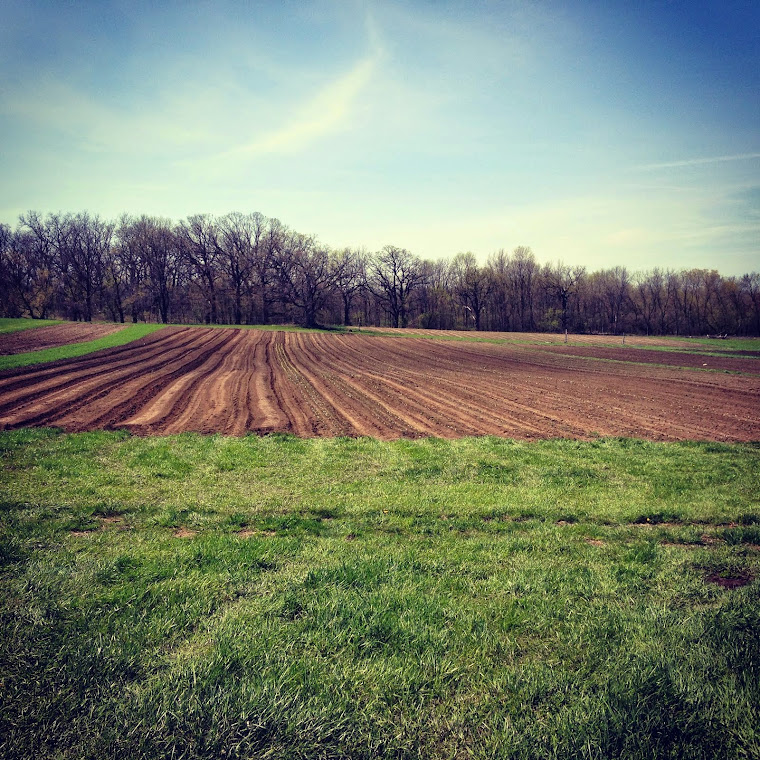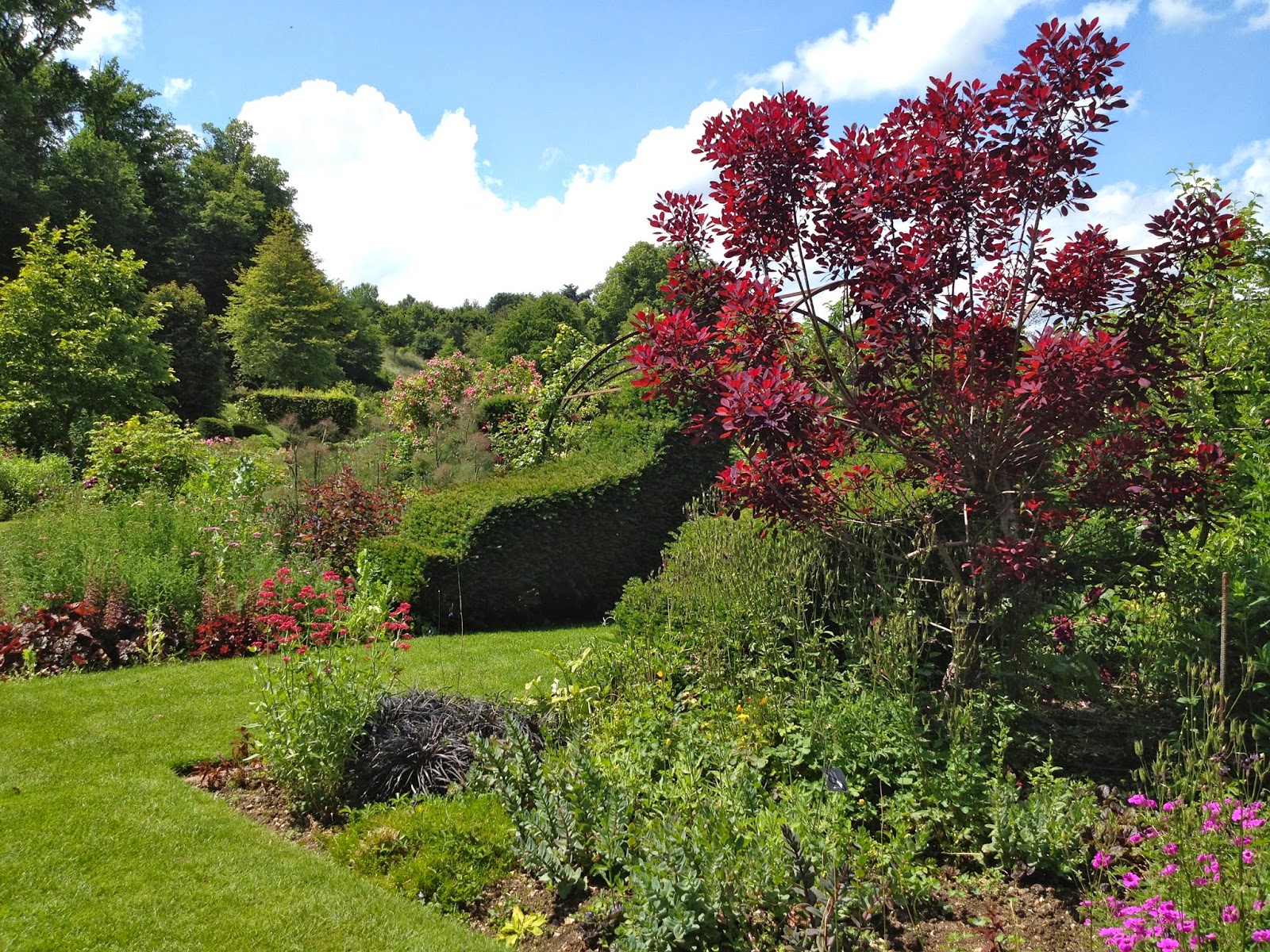Emerging in England in the early 18th century, the English landscape garden spread across Europe, uprooting the more formal and symmetrical gardens of the time. The landscape at Sasniéres, with its small valley, sloped hills, fresh water, and shaded stream, represents the perfect French locale to incorporate an English landscape design.
The main ingredients of an English landscape garden include sweeps of gently rolling grounds and water features, against a woodland background with groups of trees and shrubs isolated in outlier groves. Woodland underplantings, perennials, and bulbs dominate the exterior, while shrubberies with pebbled or grass walkways, botanically curious trees, and flowers in colorful skirts of sweeping planted beds comprise the central gardens.
The movement of the layout intends for the visitor to take a rather leisurely stroll throughout the grounds, and often times has the path begin through the woodland exterior and end in the heart of a centralized planting. There are countless birds-eye-views along the way to carry the visitor from macro to micro.
After strolling through the exterior fringe, I stopped to sit at a bench overlooking the pond. I love the symbolism of the reflection of the building in the water. Contemplating all the changes that have gone on around this châteaux in terms of its landscape, it is grounding to have such a strong reflection. It helps the buildings carry their antiquity into a much more modern surrounding.
I reached my one of my favorite plants towards the end of my tour, Gunnera manicata, or the Brazilian Rhubarb. Its spread often reaches 10 feet, with leaves that reach over four feet in width! I crawled underneath the plant to take a few pictures, feeling as though I were in a jungle canopy.
Gently rolling slopes are an integral part of this landscape design, giving various depths to the overall garden. Soft rolling lines are encouraged, often only flanked by the harder more rigid designs of bridges, gates, stairways, and buildings.
Naturally, I ended my tour with cake. A chocolate cake made with beet sugar produced from on site. It is a powerful thing to witness and more so taste the difference in locally produced food. A quick snack later and I was back on the road, driving through the French countryside to my new home away from home, Châteaux Valmer. I will be sure to keep the inspiration from this English garden landscape with me in my design work.

























No comments:
Post a Comment